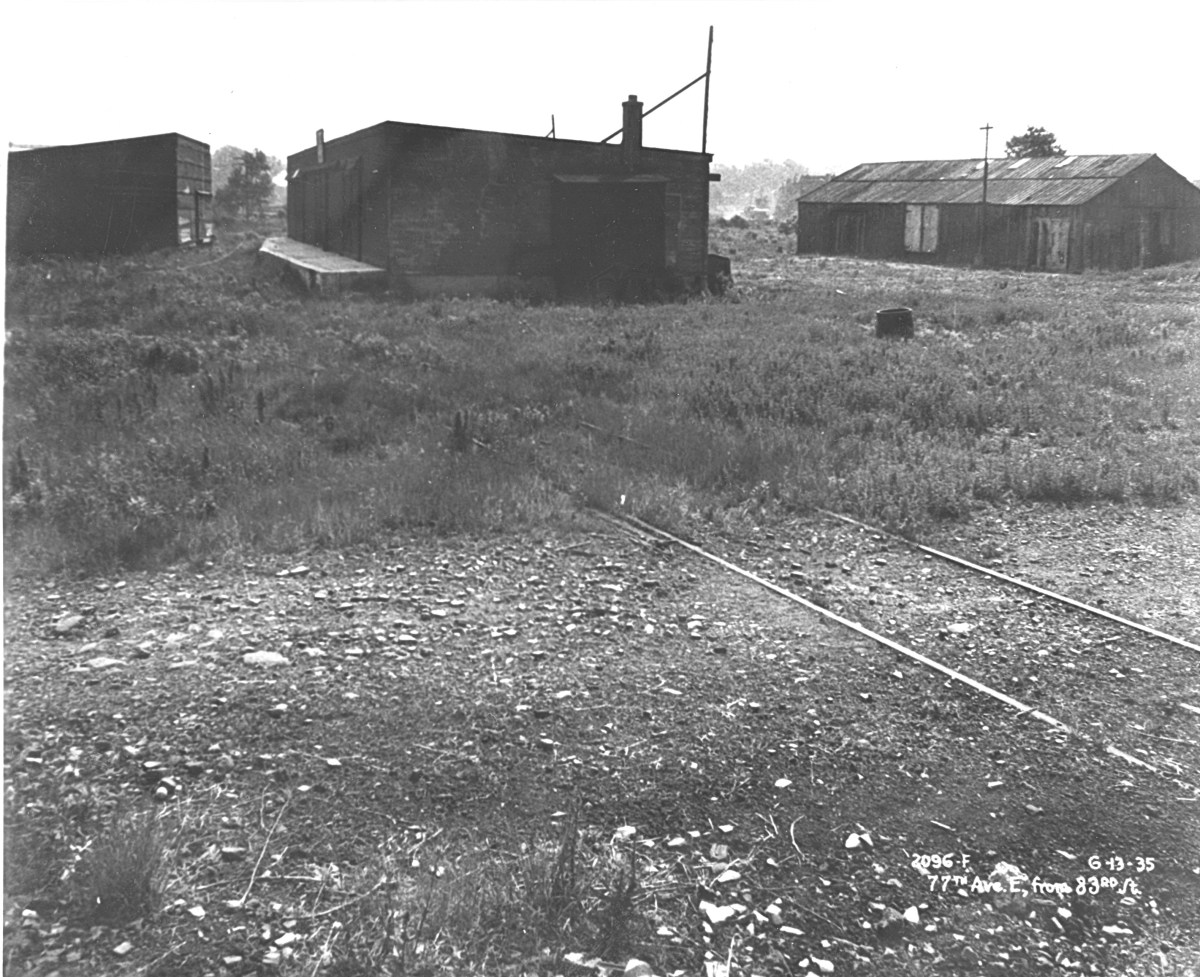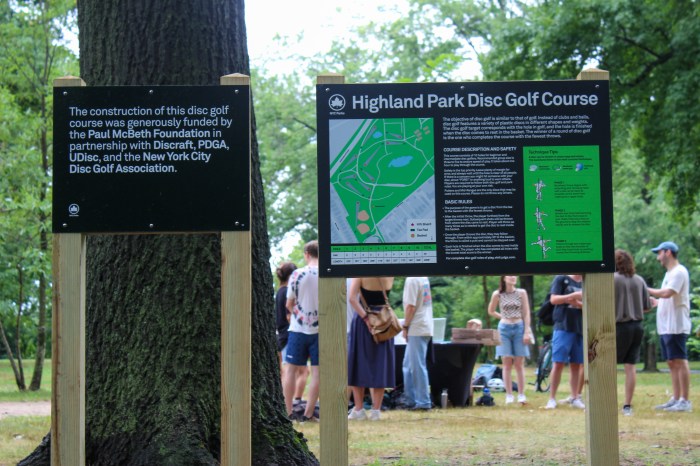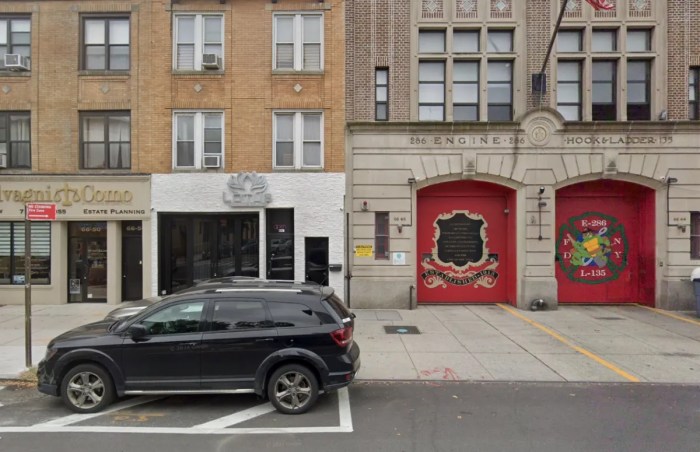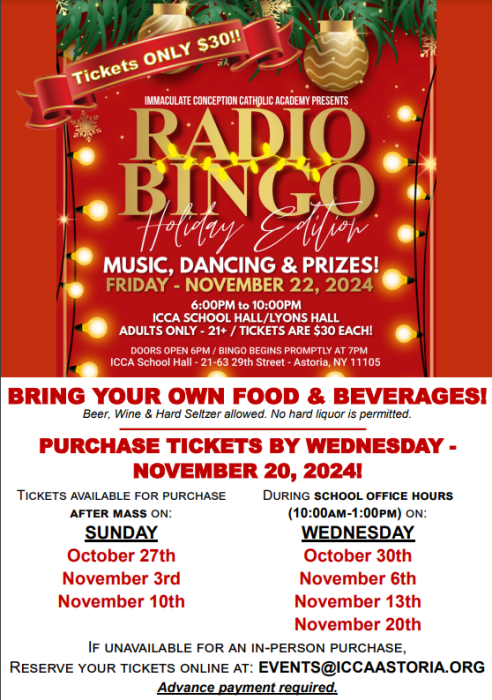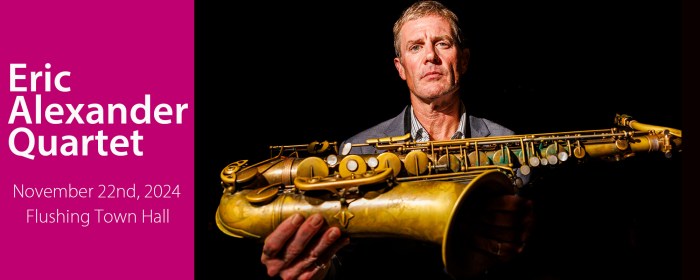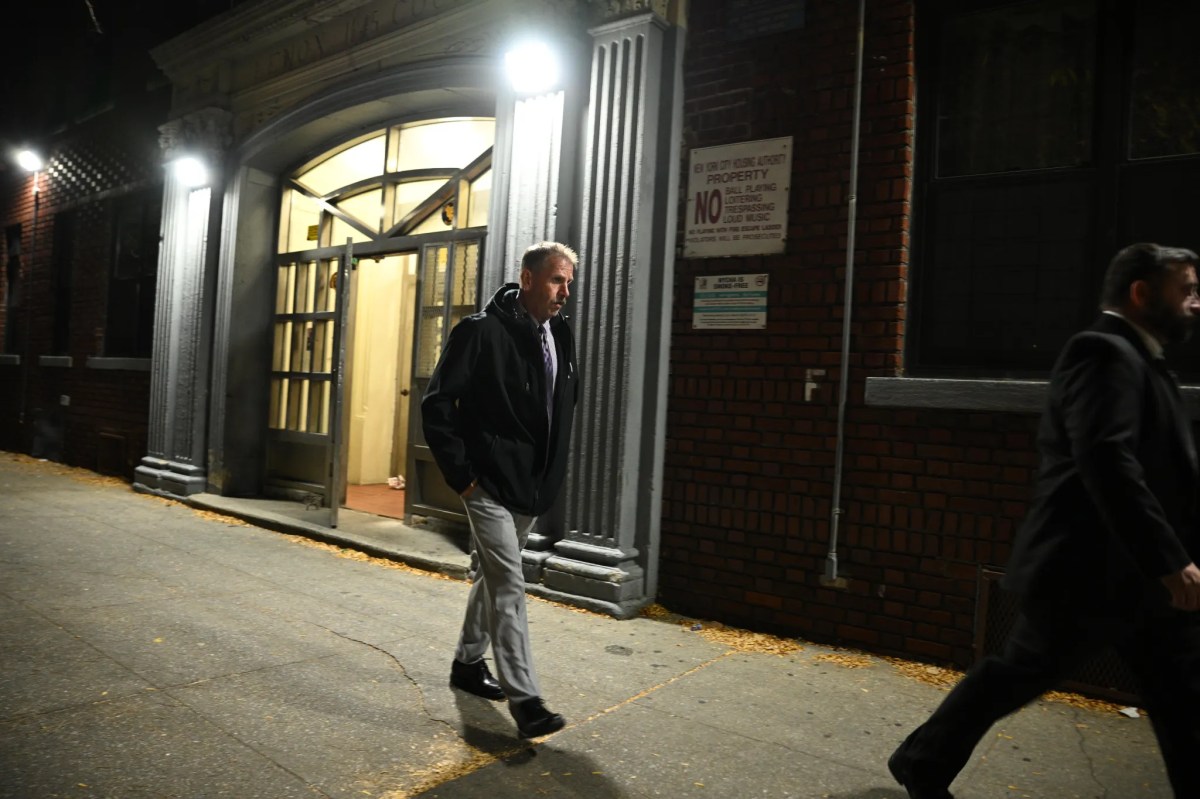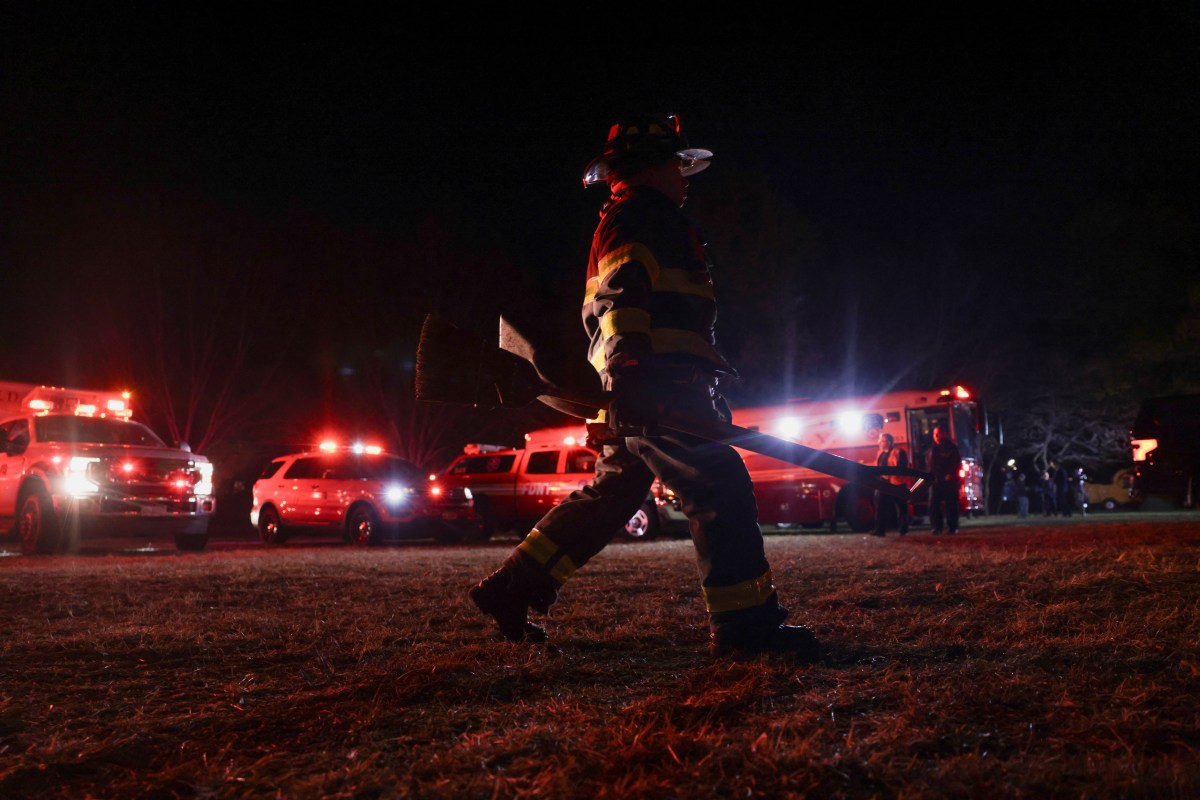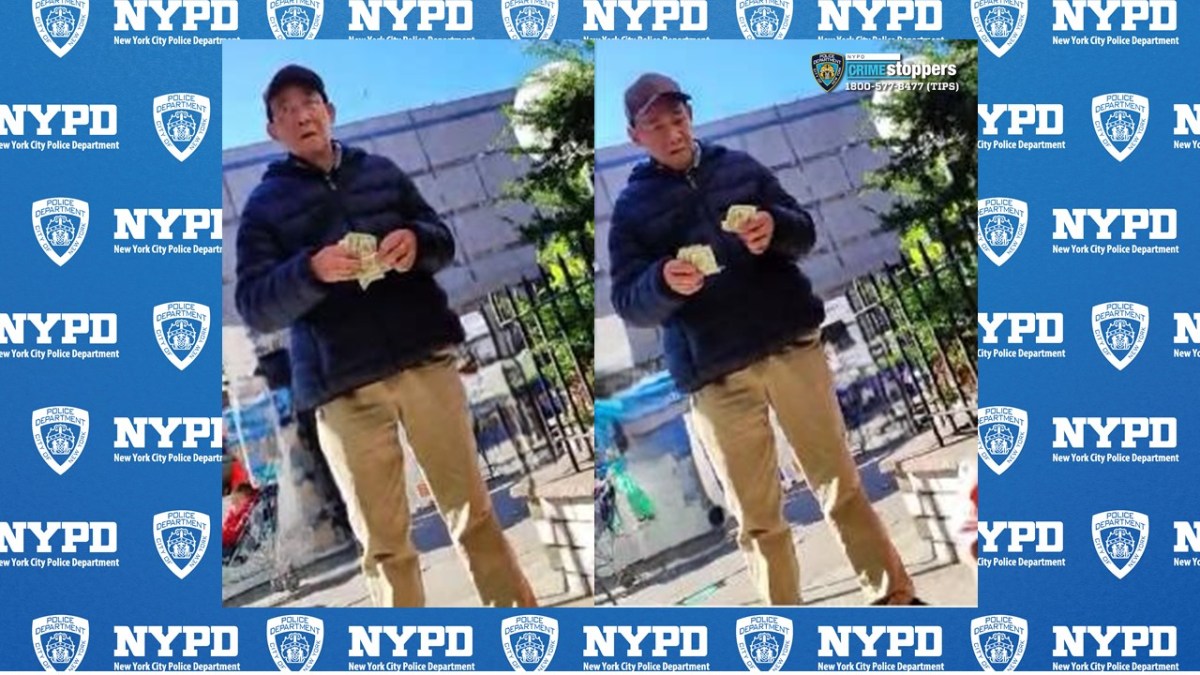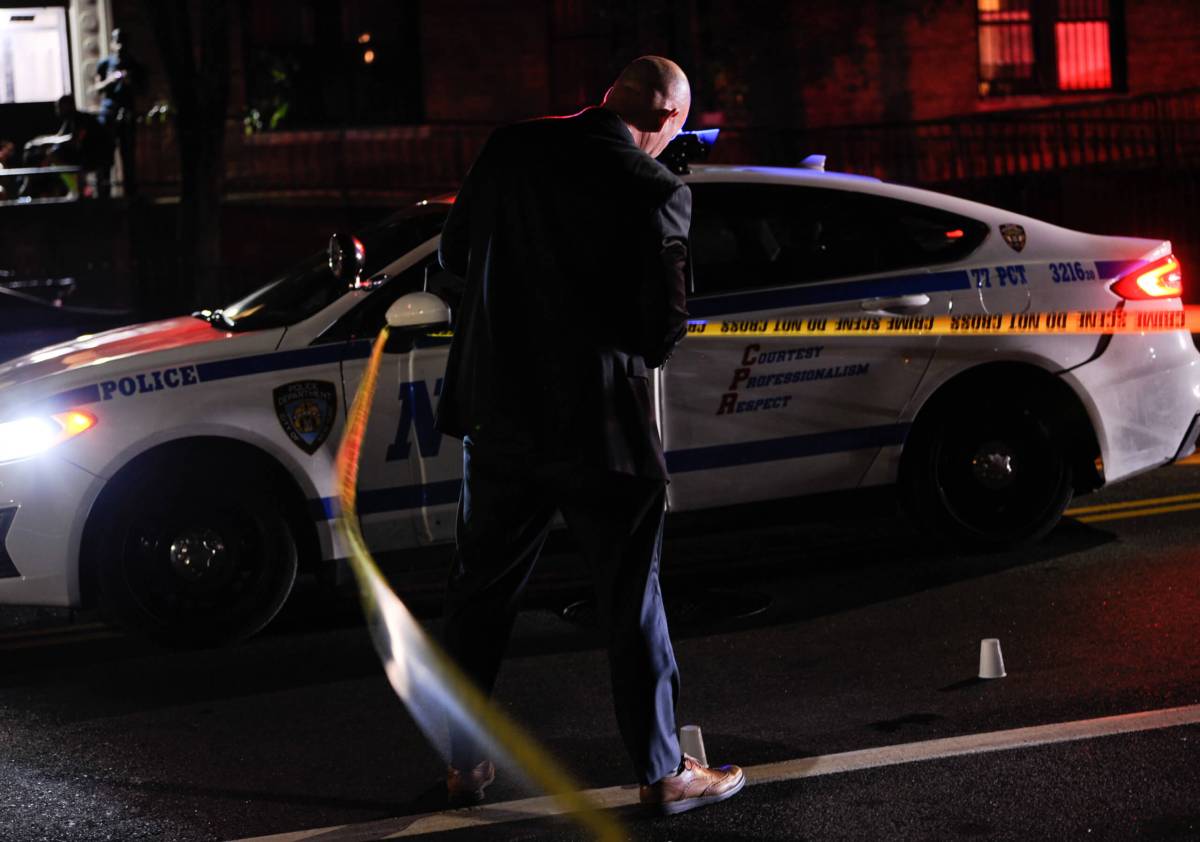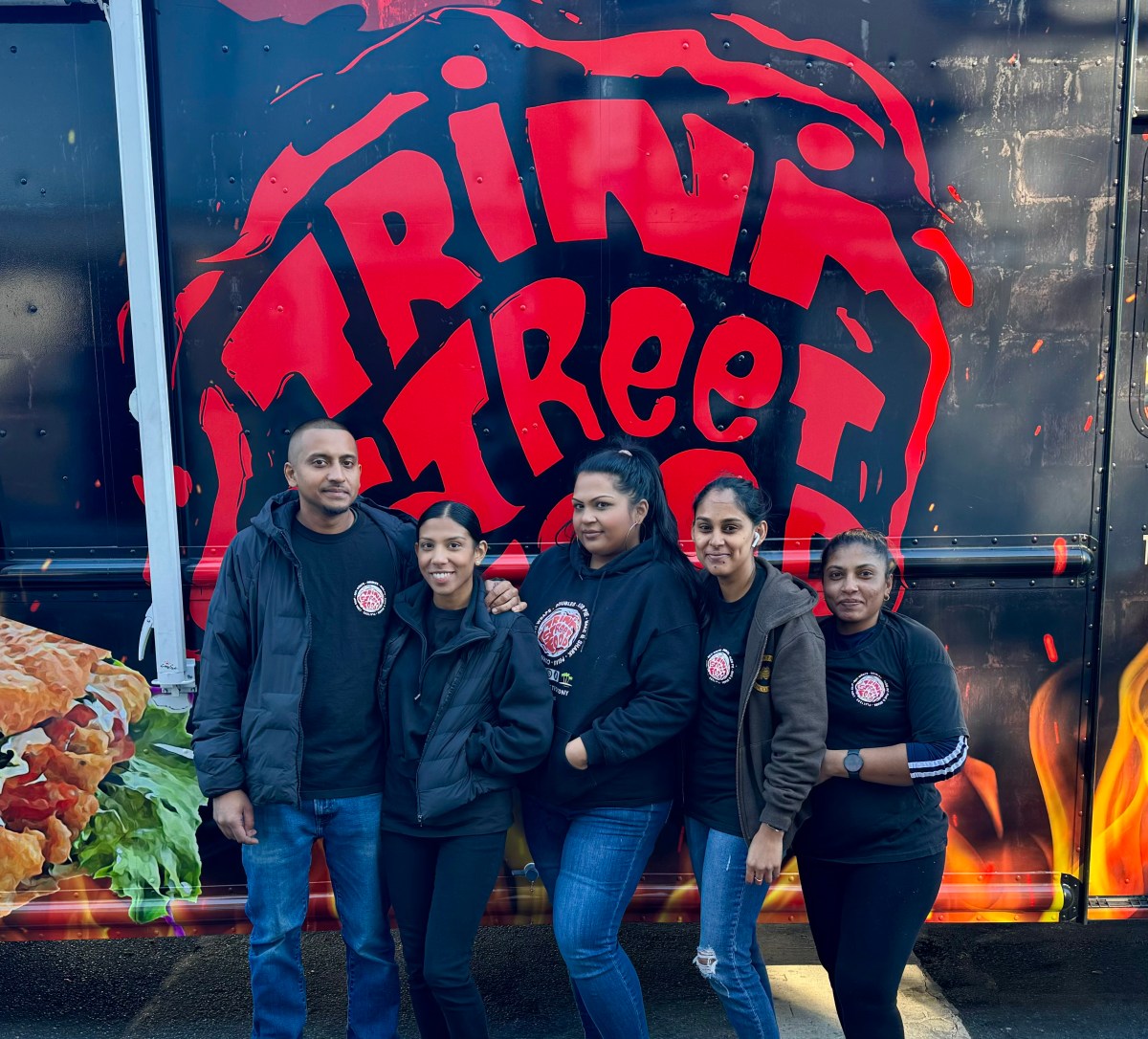Up until the early decades of the 20th century, picnic parks across Ridgewood and Glendale were a popular spring and summer destination for thousands of local families who wanted to enjoy good food, drink and company in the great outdoors.
As the neighborhoods developed from rural to urban communities, the picnic parks began to disappear from the landscape. While most became homes and new businesses, one particular picnic park in eastern Glendale — known as Emerald Park — transformed for a much higher purpose.
The roots of Emerald Park took hold in 1891, when German immigrant Eugene Schaefer purchased a 10,000-square-foot lot at the southeast corner of Myrtle Avenue and Martin Avenue (now 88th Place). Ignatz Martin, the developer for whom the street was named, sold the site to Schaefer for a lofty $1,200.
Schaefer constructed a one-story wooden frame dance hall at the site as well as a two-story wooden frame building, which had a ground-floor saloon and a hotel above it. Schaefer and his family took up residency at the hotel, and spare rooms were rented to guests.
In about 1908, Schaefer sold the property to Henry Walter, who established Emerald Park. The S. Liebmann & Sons Brewing Company of Bushwick loaned Walter money to complete the purchase in exchange for a mortgage on the premises and an agreement that Emerald Park would exclusively serve their beer to customers.
Two years later, Walter opened a small saloon on Martin Avenue just north of a wagon shed that the nearby Glendale Park Hook and Ladder Company 13 of the Newtown Volunteer Fire Department previously used. Again, S. Liebmann & Sons Brewing held the mortgage on the property.
Three years later, in September 1913, the volunteer fire department disbanded, as the New York City Fire Department took over fire response operations in Queens. S. Liebmann & Sons sold the mortgages on Emerald Park and the Martin Avenue saloon in July 1916 to John Probst.
Emerald Park had competition from another picnic park located directly across the street — Florida Park — on the northern side of Myrtle Avenue.
As with so many other businesses that served alcohol at the time, Prohibition — which took effect in January 1920 — severely impacted Emerald Park’s business. Management closed the picnic park but continued to operate a restaurant at the location. Local resident Anna Vogel purchased the property from the estates of Karolina Walter and William Berner in 1923.
But out of their struggles came opportunity for two churches to expand their presence in the community.
St. John’s Lutheran Church of Williamsburgh, founded in 1844 and numbering more than 1,500 congregants, had outgrown by 1927 its house of worship on Maujer Street in East Williamsburg and sought a new home. Initially, they took up residence at Florida Park and began holding services there that year.
Meanwhile, the Roman Catholic Diocese of Brooklyn saw the increasing Catholic population in Glendale — which had been served by St. Pancras Church on present-day 68th Street — and believed the time had come to build a second church in the eastern section of the community.
On Aug. 28, 1928, Bishop Thomas Molloy, leader of the Diocese of Brooklyn, purchased land on the north side of Copeland Avenue (present-day 78th Avenue) from 83rd to 85th streets from the heir of John Vanderveer, who owned a farm in the community. Molloy established the parish of Sacred Heart of Glendale, and the site would be developed into the permanent church and parish school.
Msgr. George D. Sherman was appointed pastor of Sacred Heart and rented the former Emerald Hall dance hall as Sacred Heart’s temporary church. St. Pancras Parish donated some old pews.
Sacred Heart celebrated its first Mass at Emerald Park on June 29, 1929. To get to Mass, the faithful entered through an opening in a fence on Myrtle Avenue and then went into the dance hall through a side door. More than 300 parishioners joined the church from the outset.

Ground was broken on the new Sacred Heart Church at 83- 17 78th Ave. on Feb. 14, 1930. The cornerstone was laid on Aug. 10, 1930, and the first Mass was celebrated in the partially completed church on Sept. 14, 1930.
Msgr. Sherman lived in a two-family home at 77-27 85th St. in Glendale and used this has his rectory until enough funds were raised to build a permanent rectory in 1935. Sacred Heart’s first pastor was much revered throughout the community, and his name lives on today through the charitable works of the Knights of Columbus Council 5103, which is named in his honor.
St. John’s Lutheran, meanwhile, soon realized it couldn’t stay at Florida Park, after the city condemned the property in order to build the Interborough (present-day Jackie Robinson) Parkway. Fortunately, to find another new home, all they needed to do was look across the street once Sacred Heart relocated to its permanent Glendale church.
The Lutheran congregation purchased Emerald Park from Anna Vogel, Fred Wolfe and Ruth Wolfe in September 1936 and altered the existing buildings to construct its new church; St. John’s Lutheran Church was dedicated on June 6, 1937.
Twenty years later, the congregation opened St. John’s Lutheran School, which educated students through the eighth grade for more than 50 years. Declining enrollment and financial difficulty, however, forced the school to transform itself into an early childhood center in 2013.
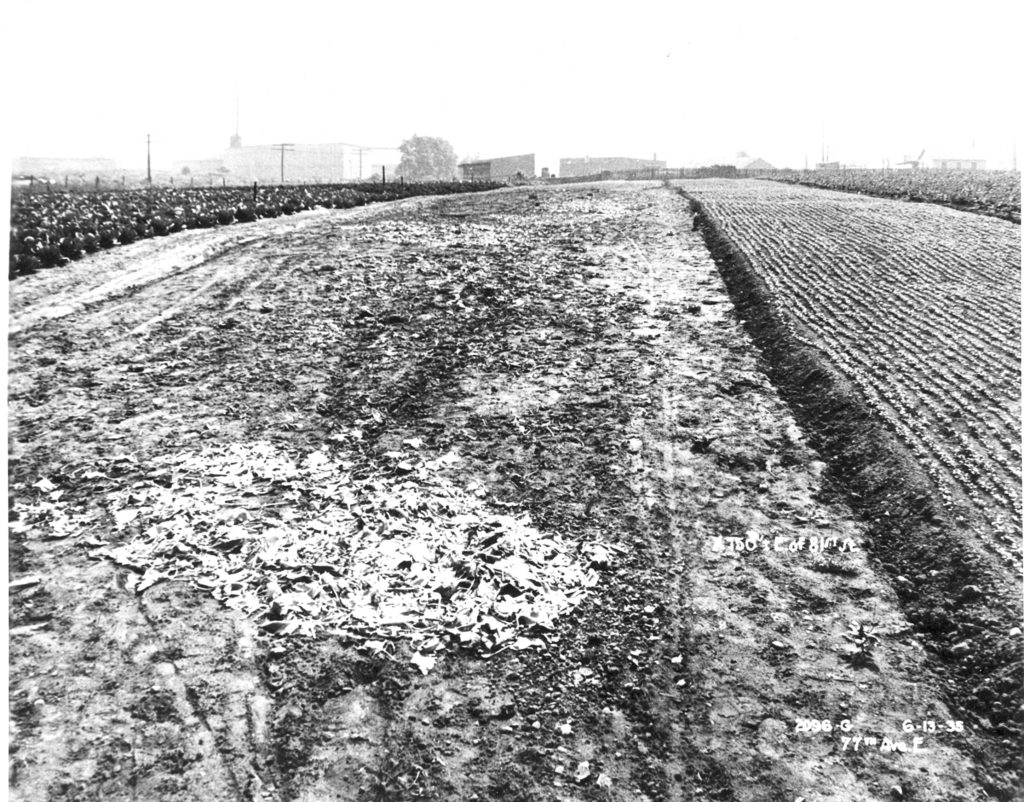
Reprinted from the Jan. 1, 2015, issue of the Ridgewood Times.
If you have memories to share with us, send an email to editorial@ridgewoodtimes.com (subject: Our Neighborhood: The Way it Was) or write to The Old Timer, ℅ Ridgewood Times, 38-15 Bell Blvd., Bayside, NY 11361. Any mailed pictures will be carefully returned to you upon request.

